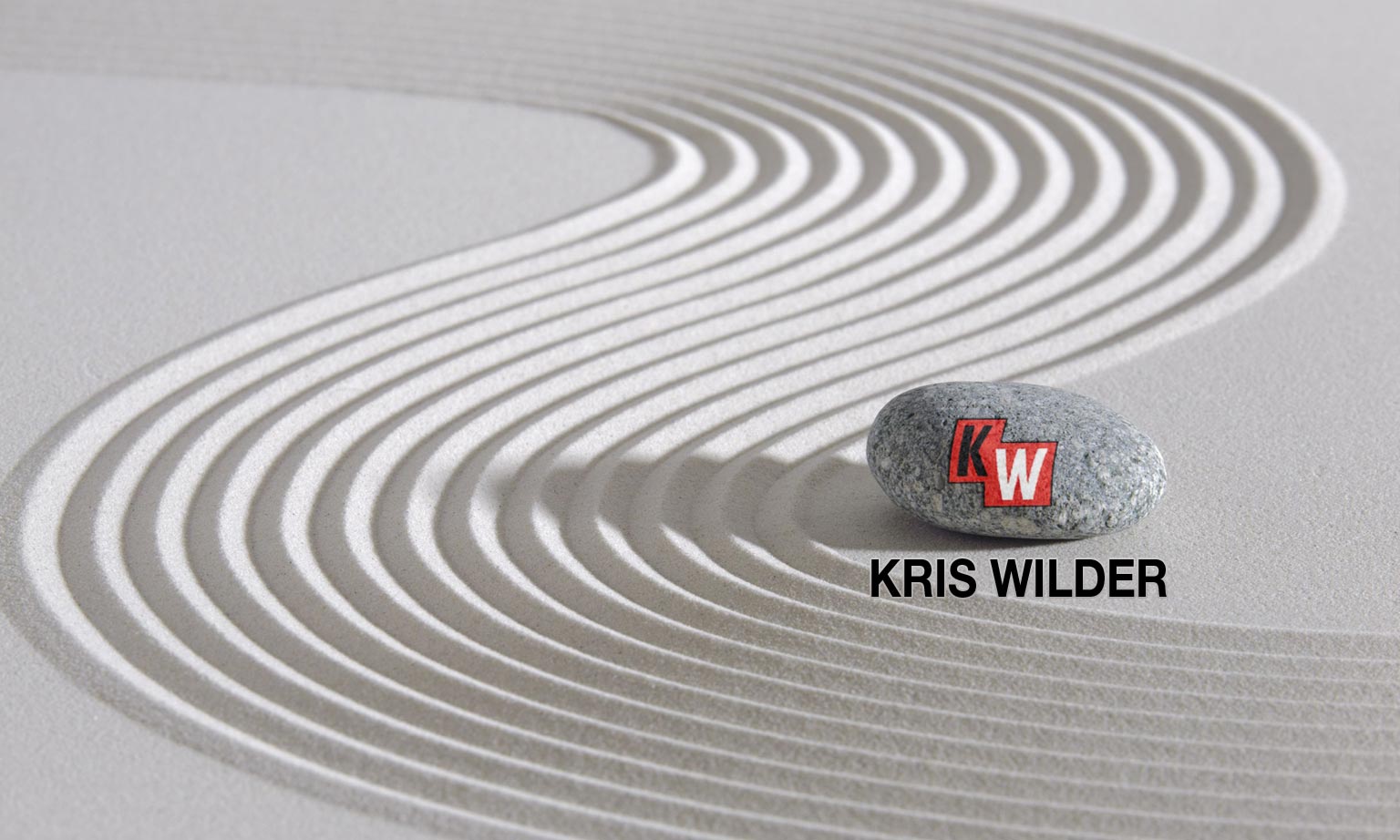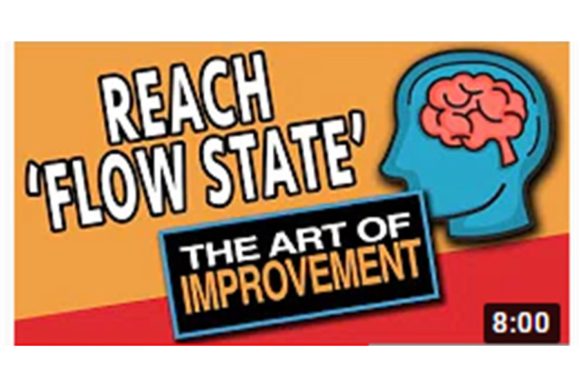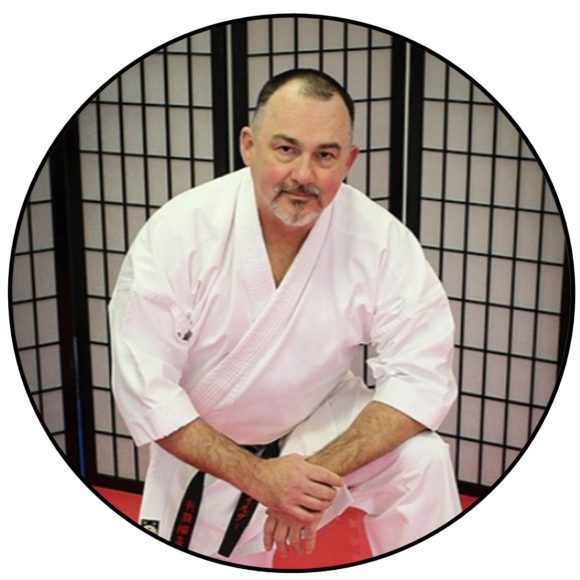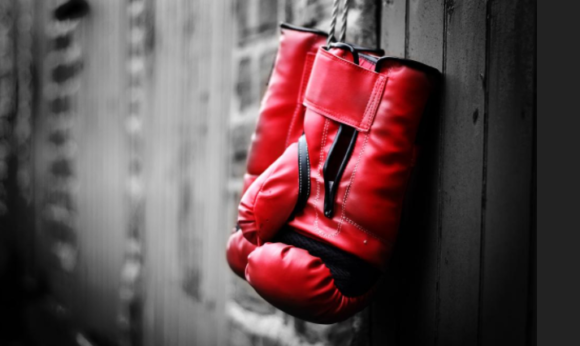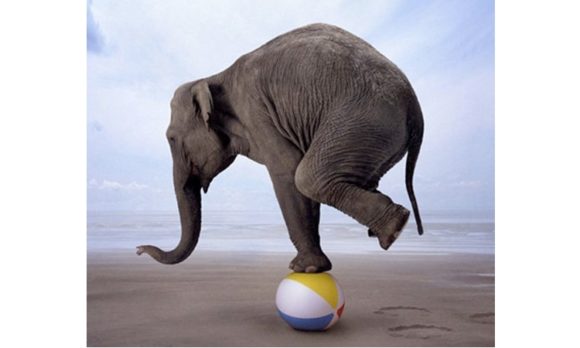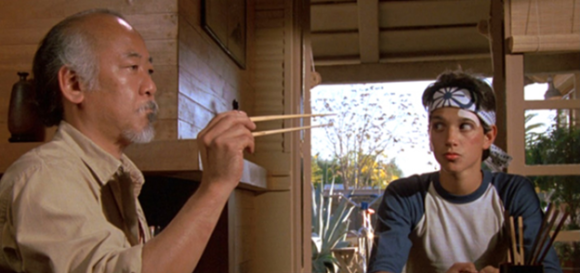
The best reasons to attend a martial arts seminar. The reasons are four-fold, COVID has taught us, there is no replacement for being on the floor. Zoom classes are a nice bandage or as a banker might say a bridge loan, something to get us over a hard time.
There is no substitution for being on the floor and crossing hands with another. We gain the perspective of another person. We get to meet and work with others we likely would have never met, even in today’s connected world. The renewed motivation and often a confidence build are the result of spending time and effort at a martial arts seminar.
Flow, Anxiety, and Boredom
Martial arts seminars are challenging. Awhile back I was on the floor working with another martial artist and I had to pause. Holding my hand up I uttered, “Give me a second, I have to work this out.” It was a new way of moving to me. A valid way of moving yet different, I had to get it. A few repetitions and observations from my partner and I had it. Then he did the same thing, “Let me see if I got it.” It was challenging, not uncomfortable, just challenging. and if it wasn’t challenging, I would have dismissed the seminar, “As not that valuable.”
Listening is an interactive skill. We are used to having material substantiate our viewpoint. We like to be correct. But just like many things in life, there can be more than one solution to a situation. The experience of listening, attacking the work, and being listened to, these are invaluable. This combination of experience comes from live interaction, hands-on, and in no other way.
The seminar needs to challenge you, but you have to have just enough skill to do it. That keeps you in the flow state.
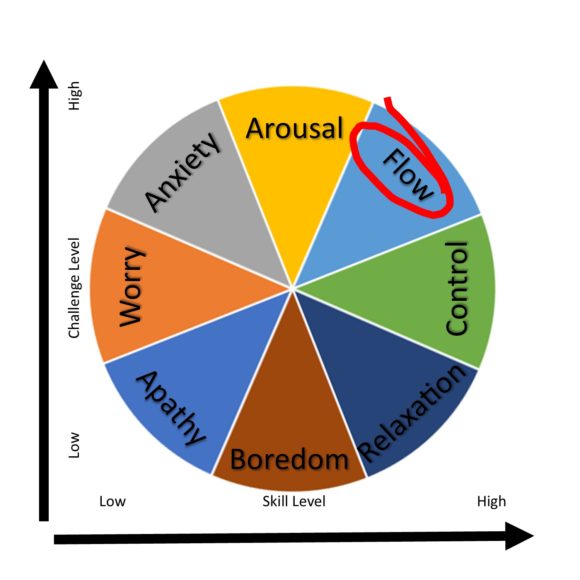
Too much difficulty without sufficient ability and you have an environment of anxiety.
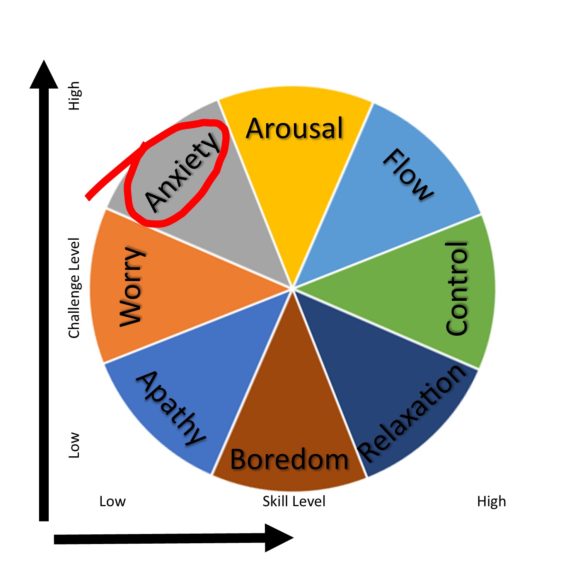
Too much skill without enough of a challenge leads to boredom.
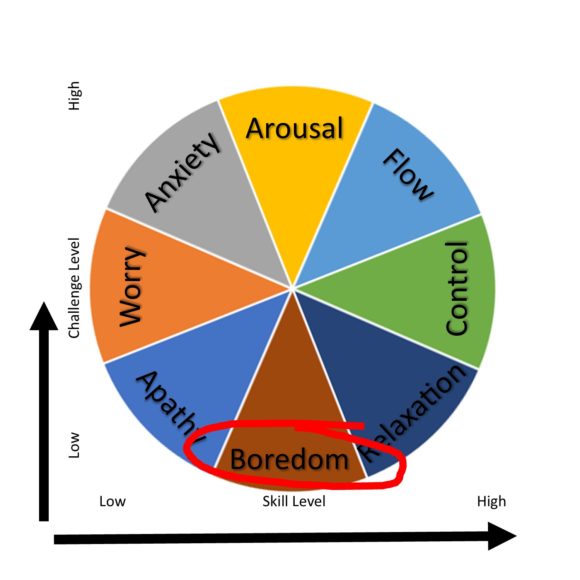
Further, you get many proof points you can see. “Are others struggling with this?” or the conversation during the pause in the action. The notes, the observations from other perspectives available in real-time in a, “Feel it,” moment. The seminar becomes multidimensional in leu of a flat linear experience. Yes, you should attend a Martial Arts seminar.
Expert Knowledge
Seminars are events of concentrated experience. You get to study deeply and you get to say, “I like that,” or “No thank you.”
I walked up to a participant at a seminar who was sitting at the end of the bleachers. I want to check with him that all was in order and he was doing well. After a brief conversation, I discovered he was fine. The session offered was not fitting with his system. He did Pencak Silat, an Indonesian form, and what the instructor at the moment was offering was not fitting into his methods.
Choices made
He excused himself from the present section and the next session was back out on the floor. Brilliant. This guy had a clarity of vision, he knew himself and knew what he wanted. He was not discounting the expert, he simply said, it’s a mismatch. It is the expert’s responsibility to bring the goods for a fine event, it is on your shoulders to engage the expert knowledge in a manner that is useful to you.
Yes, and No are both valid.

Networking
Along with having access to others and their martial arts, you get to meet other people. Some may not even be martial artists; they could be there for a multitude of reasons. During a break, I walked over to the gentleman who was filming the seminar. I discovered he had worked on the films, Lawrence of Arabia and The Shining. Immediately I began to pick his brain.
The result was a wonderful conversation. I learned about the film industry as well as personalities. He ended the conversation with a calm request. When I spoke, “To please stay away from the windows, they cause problems with the lighting.” Call that one more lesson.
An outlier of a moment?
An outlier of a moment? Possibly, but the gems, the skills, the experiences that you get to avail yourself of are all on the floor for you to simply snatch-up if you choose.
Solutions to difficulties and challenges are also at these seminars. Arriving in town a day early to teach at an event, I was invited to a private school Physical Education class, it was karate.
All students were addressed as, Mr. and Mrs. After class I asked “I see you are doing this, what is the reason behind this.” It wasn’t what I assumed. It was school policy to use formal titles when communicating. The instructor adapted the school policy for continuity. Interesting. I put that lesson away.
Later when I taught at a private school I leaned into the lesson. I learned about that school’s culture integrating their communication policy into the karate class. And I didn’t enjoy the casual first name basis used by the educators and students, but that was the culture.
Connections
The connections made on the floor of a seminar cannot be overlooked or undersold. The ability to pick-up the phone and say to a new acquaintance, “What did you do in this situation?” or be that person with the answer. We all can grow as a result of good connections and new friends. If you are not taking advantage of this moment, you are failing to pick-up diamonds left on the training hall floor. You will be amazed at the number of diamonds left on the floor for you to pick-up and walk away with when you attend a Martial Arts seminar.

Refreshed Enthusiasm
We are creatures of habit; we don’t like it when our world gets disrupted. COVID as serious as it is, we hate the upside-down rattle of the tin can it has created. It was not of our choosing. This can result in anxiety, and much more.
Yet, if we look for a change, we can often get that change on our terms; we like that. This form of change has little anxiety and a truckload of enthusiasm. If you ask a fresh participant from a recent seminar you will hear words of passion, passion renewed. It is that simple.
You chose it. You experienced it on your terms. Because you had a good time you retained more information and new ideas stick. The other great experience is to have your ideas you always knew where correct validated.

Get to a seminar, experience the flow, avail yourself of expert knowledge, get to know people, and get refreshed in your art.
Resources For More Karate Information
Here is an article that you may find helpful also: Karate Tips – 8 Simple Tips To A Better Experience
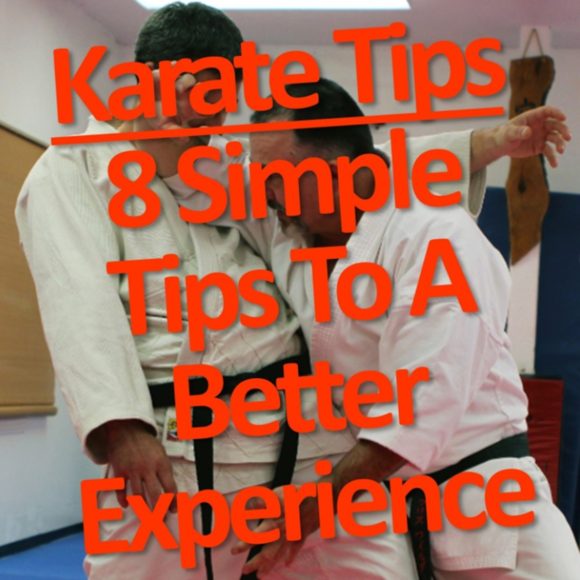
Need More on the Flow State? Here is an 8 minute video called: How To Protect Your Focus And Reach ‘Flow State’ from the Art of Improvement
Let’s Connect
KRIS WILDER
Kris Wilder is a martial artist based in Seattle Washington. He has authored many martial art books, including the classic, The Way of Kata. Making no apologies for his obsession of Football he can be found telling any who will listen about the nuances of the Canadian Football League.
